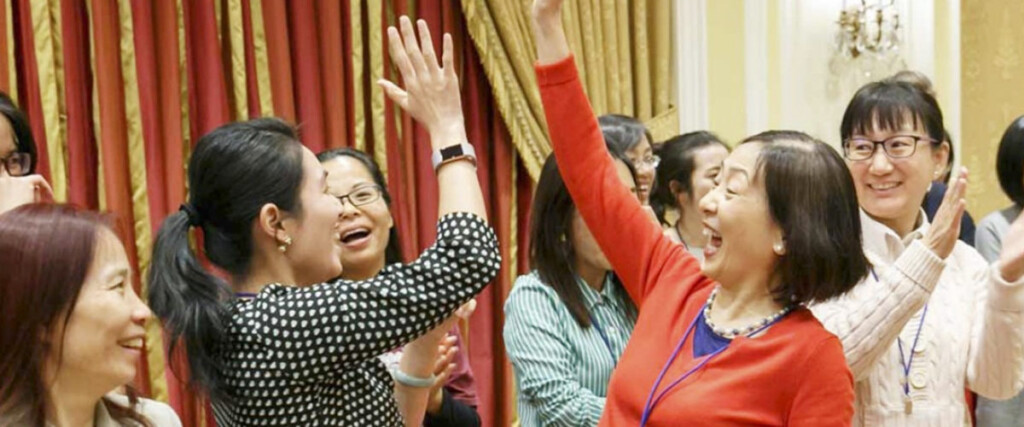Extended Year Schools Dcps Calendar – The calendar of the school year often referred to as the academic calendar, is an outline which defines the start and end dates of the school year. It also lists important dates like holidays, breaks, and special days for professional development. It is a crucial instrument for schools to set up and organize their academic calendar. It is also helpful for students, teachers, and parents prepare for future events and deadlines.
How to Create a School Year Calendar
- Determine the dates of the start and the finish: The first step in making a calendar for the school year is to determine the beginning and ending dates of every academic session. This will depend on your school’s schedule and state regulations.
- Identify important dates: Once you’ve identified your date of the start and the end be sure to identify important dates like holidays, breaks and in-service holidays. These dates are listed within the calendars of previous years or on the website of your district.
- Calendar breaks and holidays Calendar breaks and holidays like winter break, spring break, and summer vacation. Make sure you include any additional holidays, for example, federal holidays or religious holidays.
- Include in-service and professional development days: Professional day of development are important for teachers who plan their lessons and are preparing to start the year. Make sure to add these days on your calendar.
- Adjust for unexpected conditions You must be flexible and change the schedule in case of unexpected situations such as bad weather school closures, unexpected circumstances.
Types of School Year Calendars
- Traditional Calendar Traditional Calendar commonly used type of school calendar for the United States, where the academic year typically runs from September, August or May or June, and includes breaks for summer vacations and holidays.
- Year-Round Calendar: This kind of calendar is designed to spread the school year over 12 months. This calendar also includes longer breaks through the day, instead of a single summer break.
- Hybrid Calendar: This sort of calendar combines aspects of both the traditional and year-round calendars. It includes longer breaks throughout academic year and smaller summer break.
Academic Calendar and. School Calendar
- Definition and differences The academic calendar defines the calendar for the academic year, while it also contains events and activities beyond the academic schedule including sporting events and dances as well as fundraisers.
- Examples of each Examples of each include end and start dates as well as holidays and exam schedules, while a school calendar could also contain prom week, homecoming and parent-teacher conferences.
Tips for Planning a School Year Calendar
- Ask for input from other stakeholders Be sure to involve staff, teachers pupils, parents and staff in the process of planning to make sure that the calendar meets every need of the school community.
- Examine community events: Become aware about local holidays and celebrations that could affect school attendance or scheduling for fairs, festivals, or religious holidays.
- Review previous year’s calendar: Find out what went well and what didn’t work in the calendar for the previous year. incorporate that information into the calendar.
- Flexibility: Build in flexibility for sudden events, like weather-related closures, or changes in the dates of state testing.
- Prepare for contingencies: Create a plan of action in case of an emergency or unexpected circumstance which might require a revision in the schedule.
Conclusion
A well-organized school calendar is crucial to ensure a successful academic year. With these suggestions and the best practices, schools can create calendars that satisfy demands of all the members of the school population and allows for flexibility in the event of unplanned circumstances. A carefully planned calendar can aid students, teachers and parents plan for the coming year as well as ensure a productive as well-run academic calendar.






